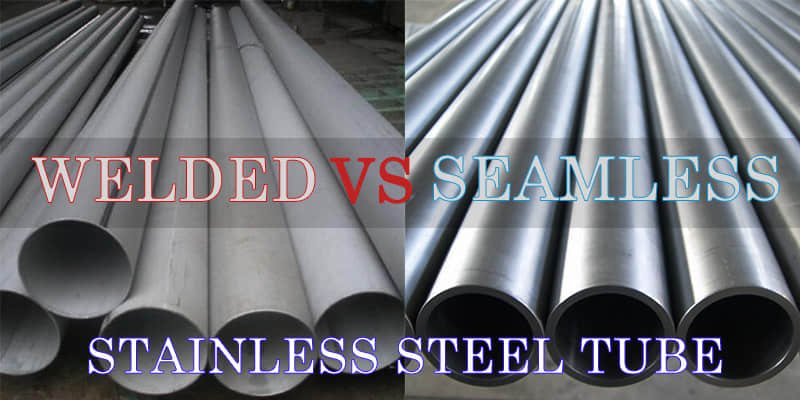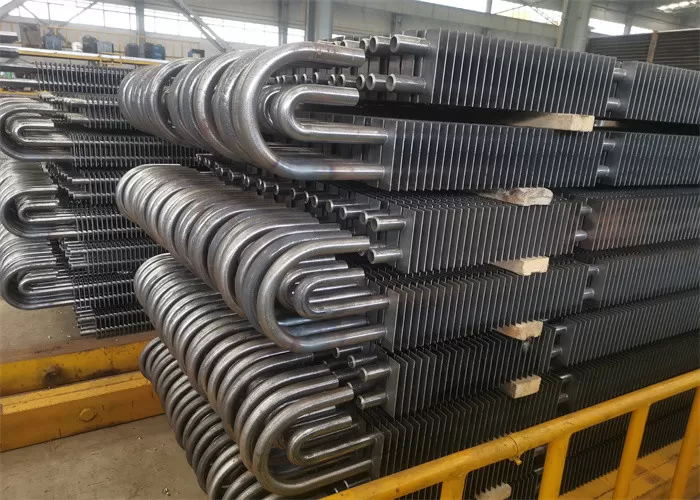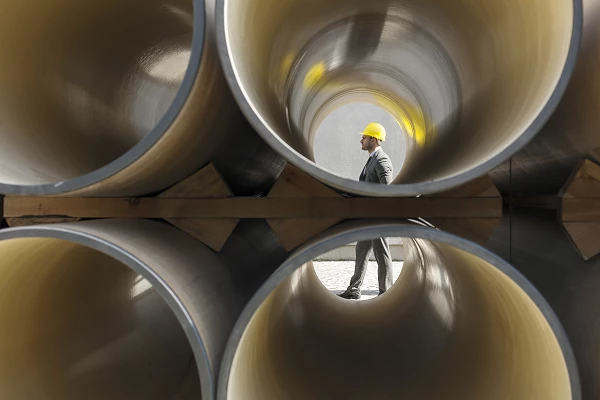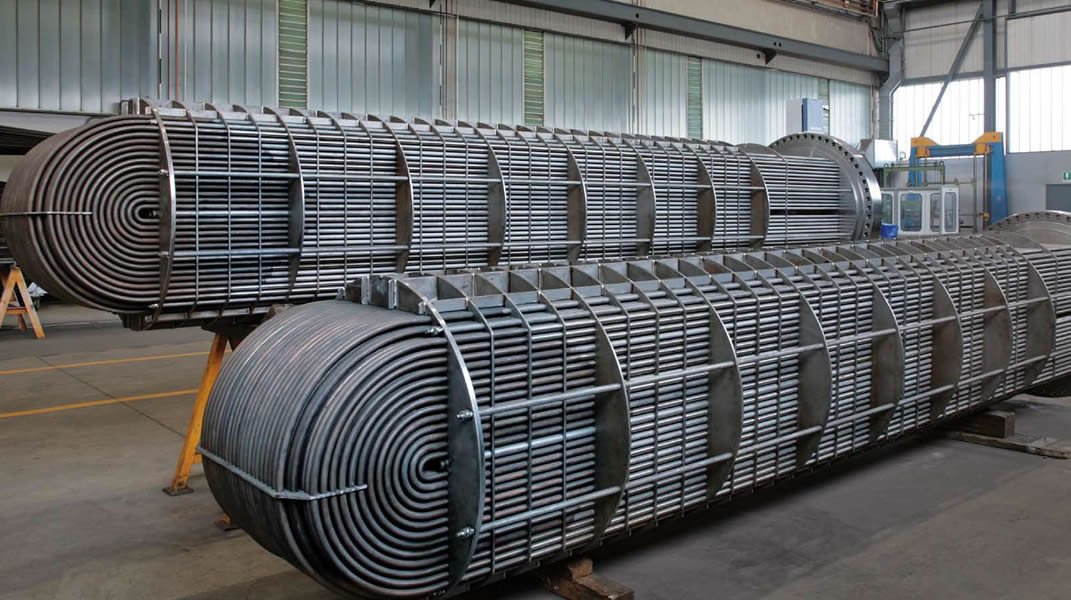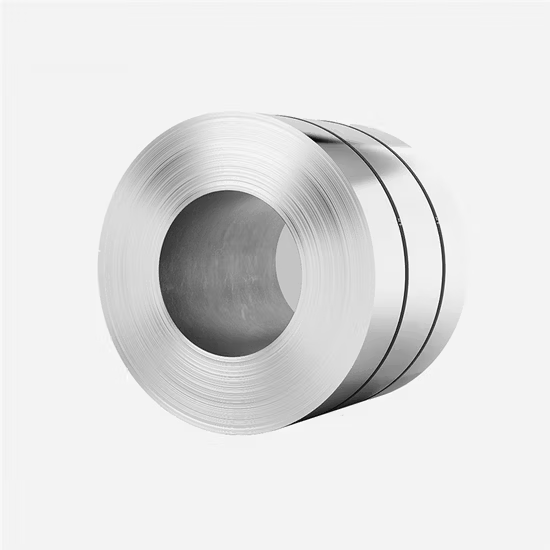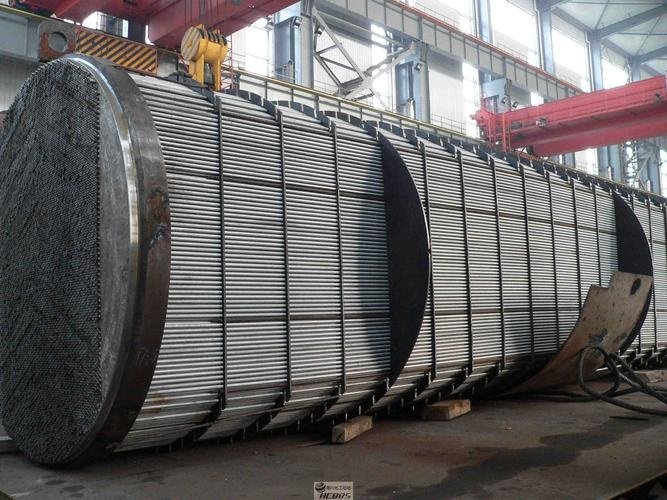Why Material Selection Matters for Heat Exchanger Tubes
In heat exchanger applications, the wrong material can lead to premature corrosion, low thermal efficiency, or even costly shutdowns. Whether you’re designing for a refinery, a desalination plant, or a food-grade chiller, choosing the right stainless steel tube is a crucial step in ensuring durability, reliability, and performance.
Top Stainless Steel Grades for Heat Exchangers
1. 304 / 304L — General Purpose Workhorse
- Cost-effective, easy to fabricate, and widely available
- Corrosion resistance: Moderate (freshwater, basic air/water systems)
- Applications: HVAC, refrigeration, beverage industry
2. 316 / 316L / 316Ti — For Aggressive Environments
- Enhanced resistance to chlorides, salts, and chemicals
- 316Ti provides improved strength at elevated temperatures
- Applications: Marine heat exchangers, chemical processing, brine heaters
3. 317L / 904L / 254SMo — High-Performance Alloys
- Superior resistance to pitting, crevice, and acid attack
- 254SMo is often a substitute for titanium in seawater applications
- Applications: Offshore platforms, sulfuric acid plants, flue gas units
4. Duplex Steels (S31803 / S32205) — Strength Meets Resistance
- High strength-to-weight ratio and excellent corrosion resistance
- Often used to replace 316L with lower cost and better performance
- Applications: Desalination plants, oil refineries, gas fields
5. Nickel Alloys (625, 825, C276) — For Extreme Conditions
- Designed for the harshest thermal and chemical environments
- Operate reliably under high pressure and temperatures
- Applications: LNG vaporizers, sour gas plants, sulfur condensers
Key Selection Criteria
| Factor | Why It Matters |
|---|---|
| Corrosion Resistance | For systems with saltwater, acids, or chlorides |
| High Temperature | For boilers and high-pressure vessels |
| Mechanical Strength | Essential in cyclic pressure or vibration scenarios |
| Weldability/Forming | Impacts fabrication efficiency and cost |
| Compliance Standards | ASTM A213 / A269 / A789 / EN 10216-5 |
2025 Global Trends in Heat Exchanger Tubing
- Hydrogen and offshore wind projects are increasing the demand for duplex and super-austenitic stainless steel tubes.
- Middle East desalination plant upgrades are boosting usage of S32205 and 254SMo materials.
- Southeast Asia’s growing food and beverage sector is driving demand for 316L hygienic-grade tubing.
Expert Tips: DLSS Engineering Insight
“Many customers still default to 316L for heat exchangers, but in high-salinity or acidic conditions, switching to duplex or 904L reduces long-term maintenance costs and failures.”
— DLSS Technical Team
Frequently Asked Questions (FAQ)
Q1: What’s the best cost-performance grade for seawater cooling systems?
A: Duplex S32205 offers excellent corrosion resistance in seawater at a lower cost than 254SMo or 904L.
Q2: Can I use 316L for high-temperature steam exchangers?
A: For temperatures above 500°C, 316L is not suitable. Consider 316Ti or 310S for improved creep resistance.
Q3: What’s the most reliable tube grade for sulfuric acid environments?
A: 254SMo or C276 depending on concentration and operating pressure.
Conclusion: Smart Selection, Long-Term Value
Choosing the right tube isn’t just about cost — it’s about performance, longevity, and avoiding failure. With DLSS’s global experience in supplying stainless steel and alloy tubes across 40+ countries, we’re ready to help you select the right grade for your specific project needs.
Need expert advice or a quotation?
Email us at info@dlsspipe.com or visit www.dlsspipeline.com


